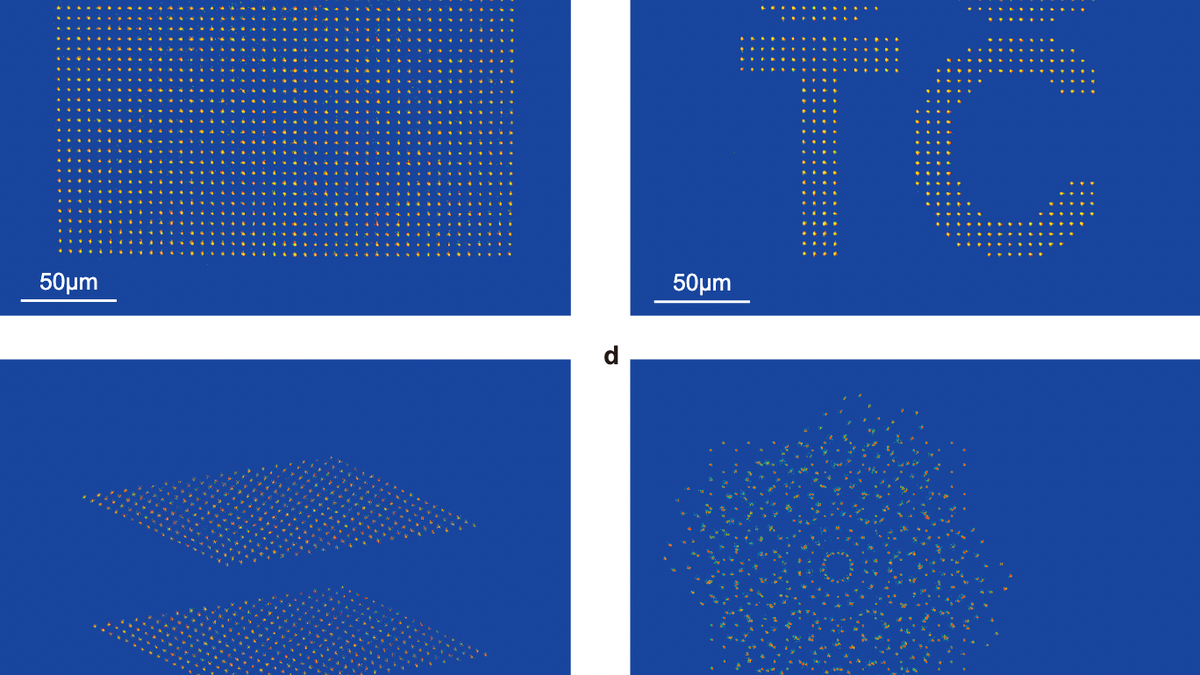In boost to quantum computing, AI makes atoms dance with lasers

In News – In boost to quantum computing, AI makes atoms dance with lasers
- Context: Researchers in China have developed an AI-based method to rapidly assemble large, defect-free arrays of neutral atoms — a key step toward scalable quantum computers.
- Published in: Physical Review Letters (Aug 8, 2025).
Key Points:
- Quantum Computing Relevance: Neutral atoms (e.g., rubidium) trapped in optical tweezers act as qubits; defect-free large arrays are essential for complex quantum operations & error correction.
- Challenge: Atoms load randomly in optical traps, leaving missing sites; traditional row-by-row rearrangement is slow for large numbers.
- Breakthrough:
- AI (convolutional neural network) + Hungarian algorithm to optimally pair loaded atoms with target sites.
- Moves thousands of atoms simultaneously via laser holograms, split into ~20 small smooth steps to avoid heating/loss.
- Time for rearrangement independent of atom count (e.g., 1,000 vs 10,000).
- Achieved 2,024-atom defect-free array in ~60 ms.
- Demonstration: Created a Schrödinger’s cat animation by choreographing 549 atoms.
- Technology Used: High numerical aperture lens for precise trapping; high-fidelity imaging; AI calculates adjustments in real-time.
Significance:
- Advances scalable & fast quantum computer architecture.
- AI integration in experimental physics could revolutionise atom-level precision tasks.
- Potential applications in quantum simulations, secure communications, and fundamental physics research.
Updated - August 11, 2025 | 10:46 am IST | The Hindu